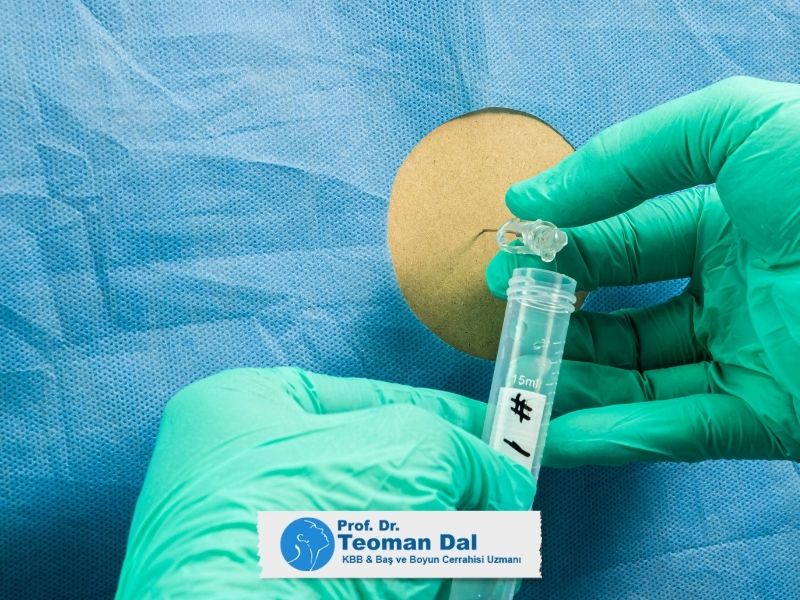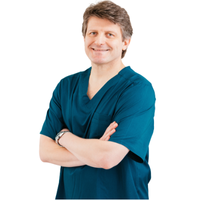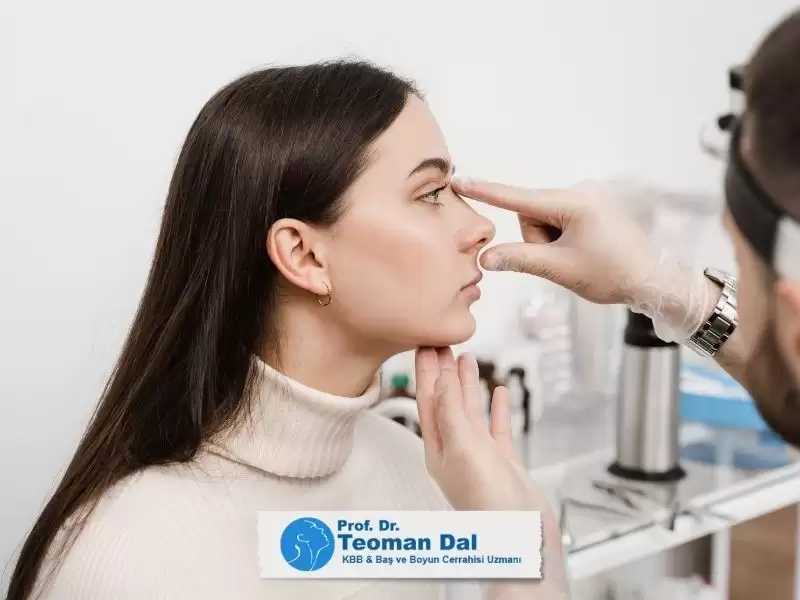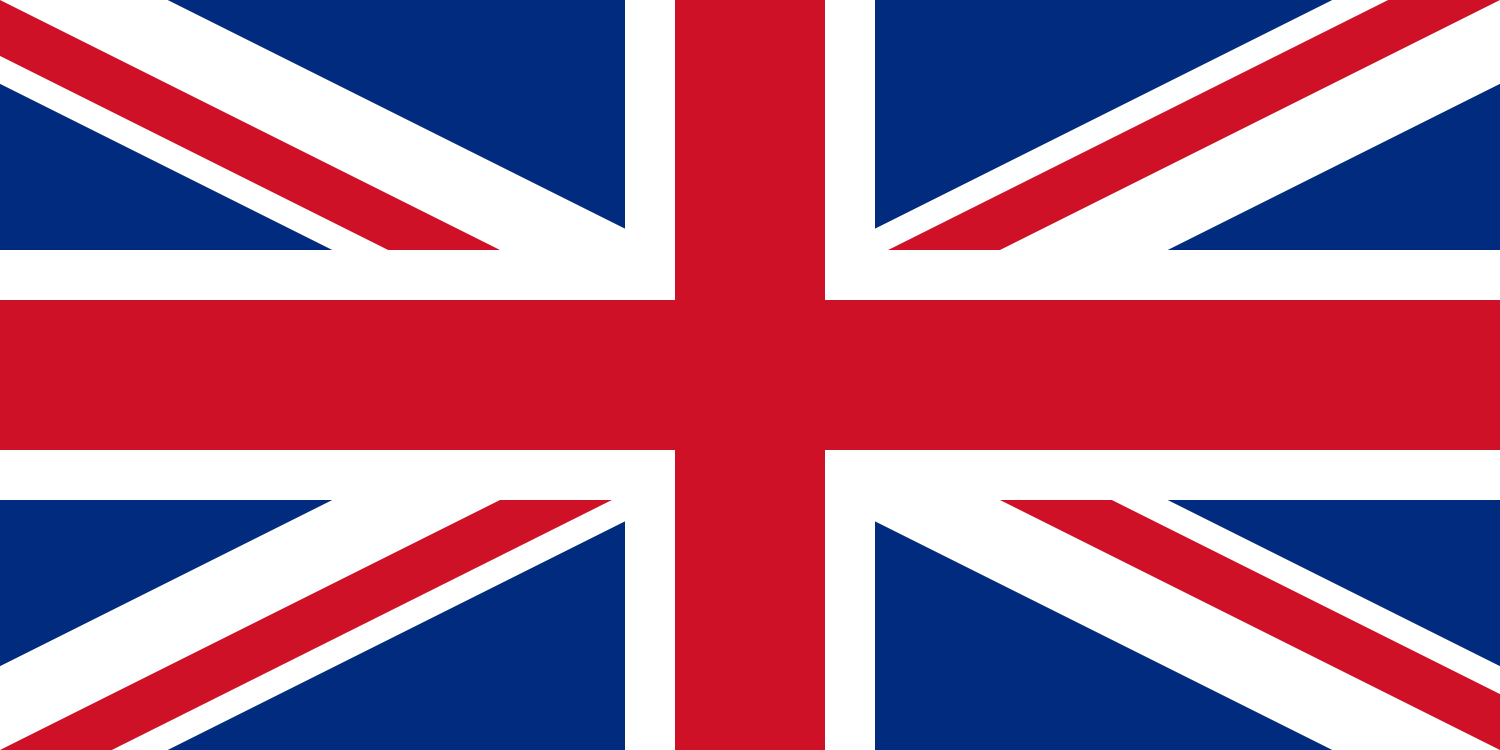BOS Nedir?
Beyin ve omuriliği saran zarlar arasında ve boşluklarda bulunan berrak sıvıya "beyin omurilik sıvısı (BOS)" adı verilir. Normalde mikroorganizma içermeyen bu sıvının, farklı katmanlardan oluşan beyin zarı içinde kalması ve dış ortamla temas etmemesi hayati önem taşır. Beyin ve omuriliği koruyan zar yapısının en dış ve en güçlü tabakası Dura olarak adlandırılır. Dura'da çeşitli nedenlerle hasar oluşması durumunda BOS'un dışarı sızması, "BOS kaçağı" veya "BOS fistülü" olarak tanımlanır. Eğer bu sızıntı burun ve çevresindeki sinüs boşluklarına doğru gerçekleşirse, burundan berrak bir akıntı gelmesi "Rinore" olarak isimlendirilir.
Beyin ve burun-sinüs boşlukları arasındaki yakın komşuluk ve bu anatomik yapılar arasındaki kemik duvarın bazı bölgelerde çok ince ve kırılgan olması, BOS kaçağı riskini artırır. Burun ve sinüslerin steril bir ortam olmaması nedeniyle, hasarlı bölgeden mikroorganizmaların beyin zarları içine geçmesi, menenjit, ensefalit veya beyin içinde apse oluşumu gibi çok ciddi komplikasyonlara yol açabilir.

BOS Kaçakları Neden Oluşur?
BOS kaçakları çeşitli faktörlere bağlı olarak ortaya çıkabilir:
- Yüze veya kafaya alınan darbeler sonucu beyin zarı (Dura) ile komşu kemik yapılarda meydana gelen kırıklar.
- Endoskopik sinüs ameliyatları gibi Dura'ya komşu bölgelerde yapılan cerrahi müdahaleler sırasında istemsiz olarak oluşan travmalar.
- Dura komşuluğundaki iyi veya kötü huylu tümörler
- Tümör ve kitlelere yönelik ameliyatlar sırasında oluşan hasarlar
BOS Kaçakları Nasıl Teşhis Edilir?
BOS kaçağı şüphesi olan hastalarda detaylı bir KBB muayenesi yapılır. Burundan gelen akıntının BOS olup olmadığını anlamak için çeşitli laboratuvar testleri uygulanır. Burundan gelen sıvı içerisinde Beta-2 transferrin ya da Beta Trace Protein varlığının tespiti, akıntının BOS olduğunu doğrulamada kullanılan en güvenilir laboratuvar testlerdir.
Akıntının BOS olduğu doğrulanırsa, kaçağın yerini belirlemek için bilgisayarlı tomografi (BT) ve gerekli durumlarda manyetik rezonans (MR) sisternografi radyolojik değerlendirmeleri yapılır. Radyolojik görüntüleme teknikleriyle kaçak bölgesinin belirlenemediği durumlarda, belden BOS içine özel boyalar verilerek burun içinden endoskopik muayene ile kaçak yerinin tespiti gerekebilir.
BOS Kaçakları Nasıl Tedavi Edilir?
BOS kaçağını durdurmak için beyin zarında oluşan hasarın su geçirmeyecek şekilde onarılması şarttır. Geçmişte bu onarım için kafatası kemiklerinde dışarıdan pencere açılması yoluyla cerrahi yaklaşımlar uygulanırken, günümüzde endoskopik sinüs cerrahisi teknolojisinin gelişmesiyle birlikte öncelikli olarak burun içerisinden yapılan müdahaleler tercih edilmektedir.
Endoskopik yöntemle, en öndeki alın sinüsünden en gerideki sfenoid sinüse kadar burun ve sinüs boşluklarına komşu tüm anatomik bölgelerdeki BOS kaçakları %95-97'ye varan başarı oranlarıyla onarılabilmektedir.
Ameliyat sırasında hasarlı bölgeye burun içerisinden endoskoplarla ulaşılmakta ve çoğunlukla hastanın burnu içinden veya vücudundan elde edilen mukoza, yağ, kıkırdak, kemik lamel, fasya gibi küçük doku parçaları ve gerektiğinde özel doku yapıştırıcıları kullanılarak, müdahale bölgesi dışında ciddi bir ek hasar oluşturulmadan onarım sağlanmaktadır.
Endoskopik yöntemin dışarıdan yapılan açık yaklaşıma göre en önemli avantajları; benzer başarı oranları sağlanırken daha az doku travması oluşması, daha kısa iyileşme süresi olması ve daha estetik bir sonuç sağlamasıdır.





